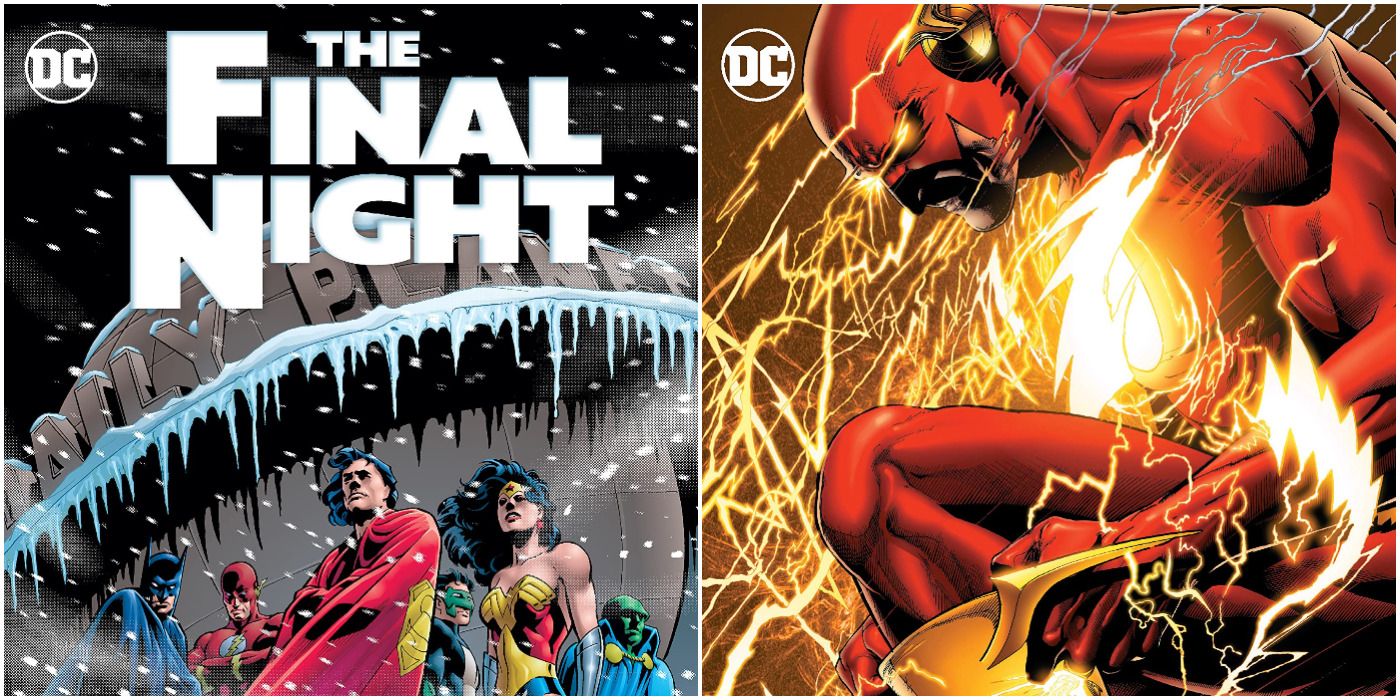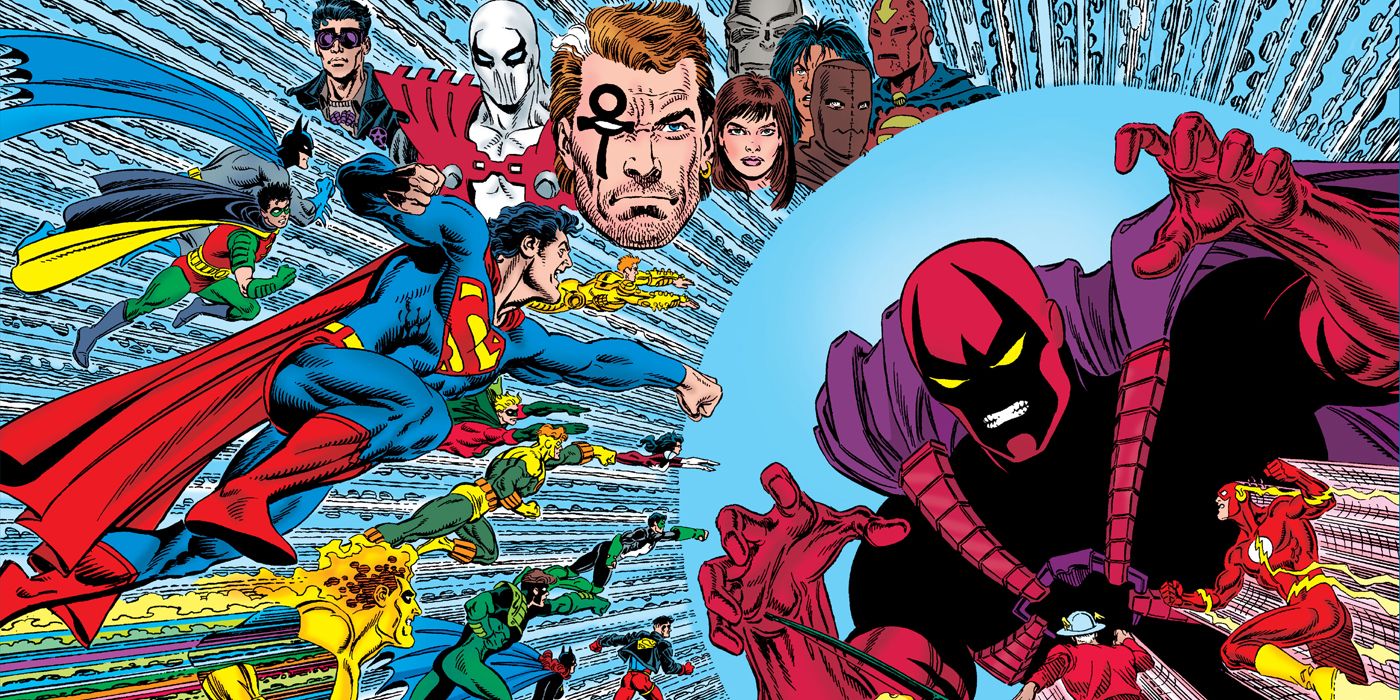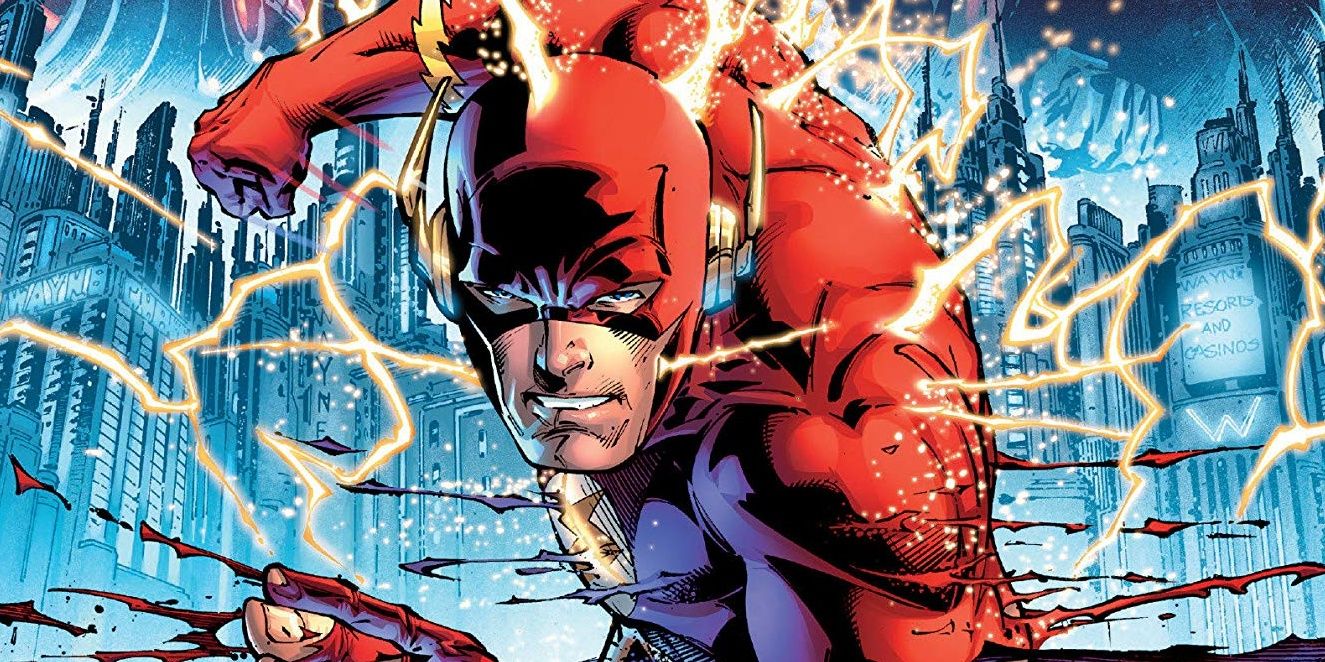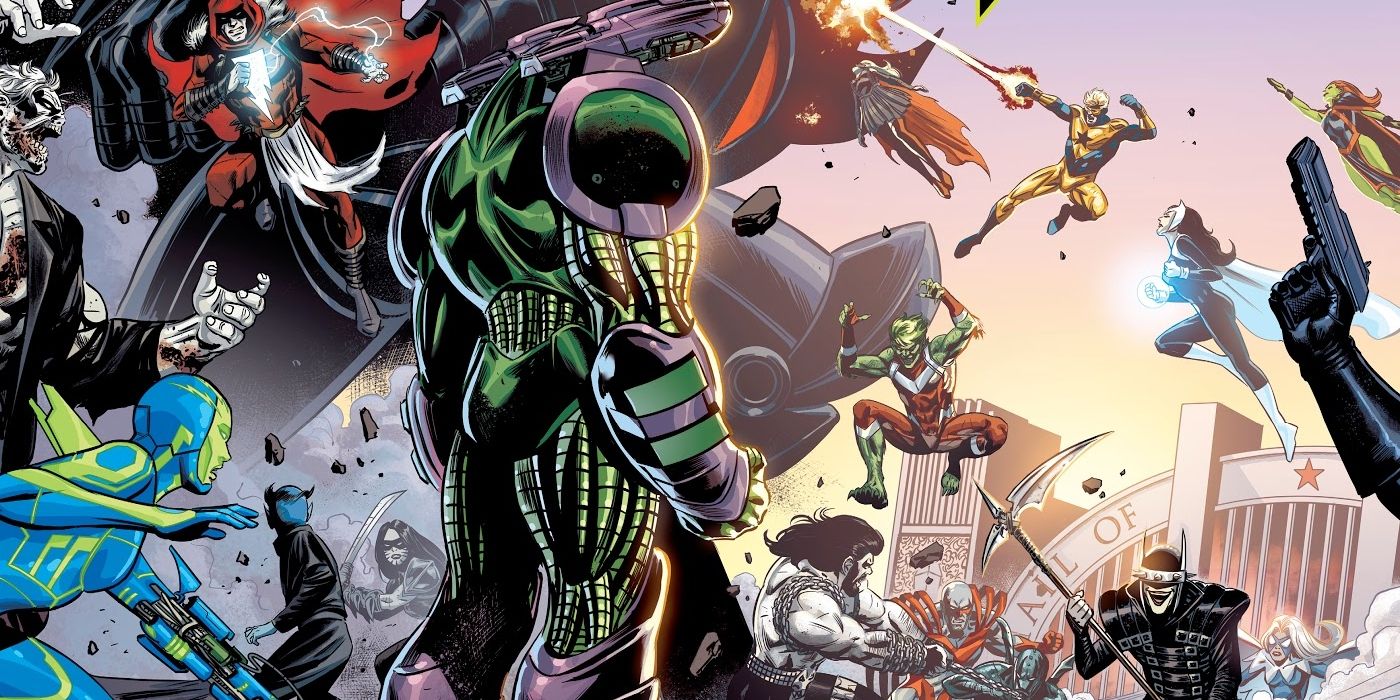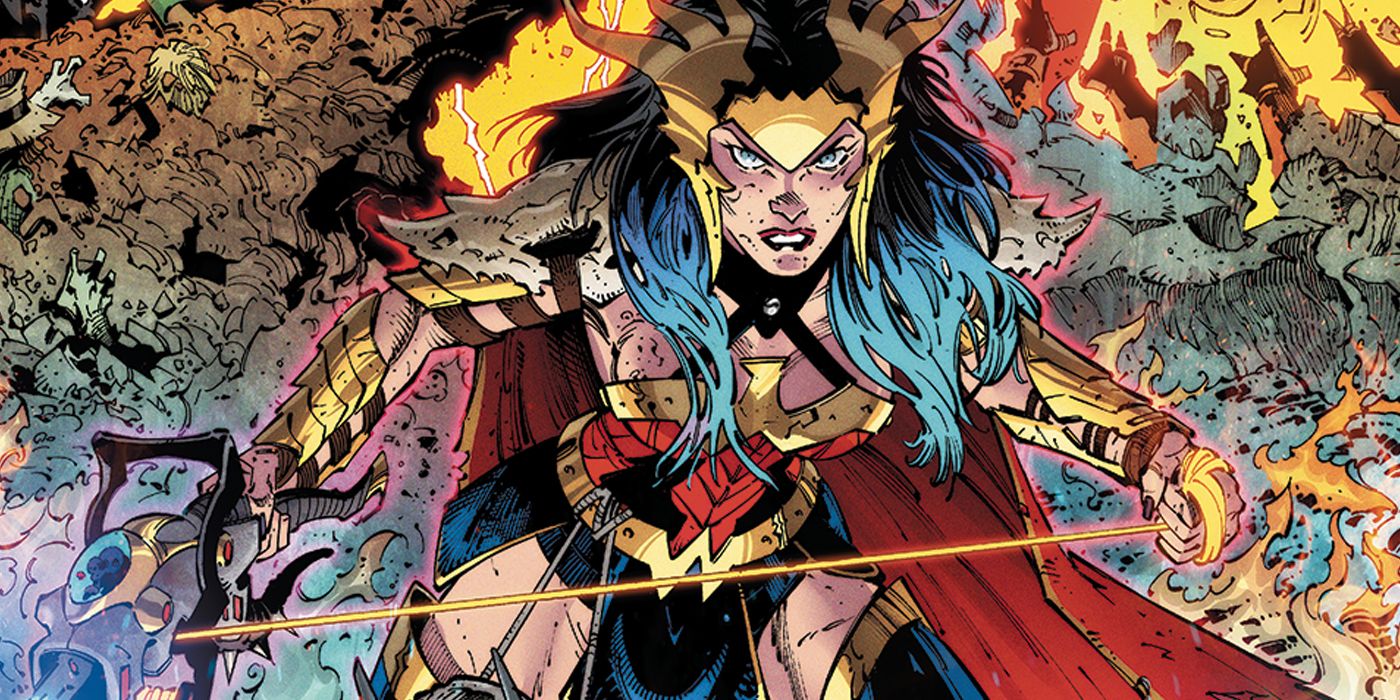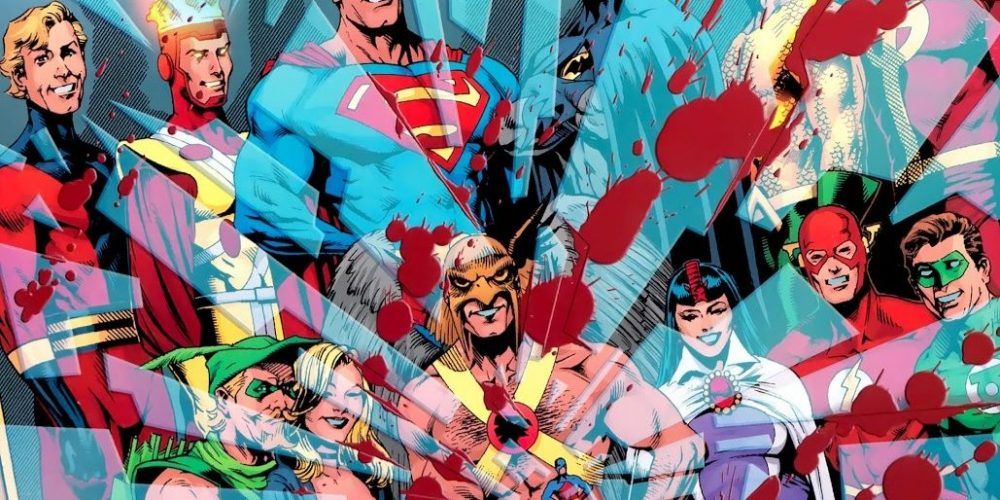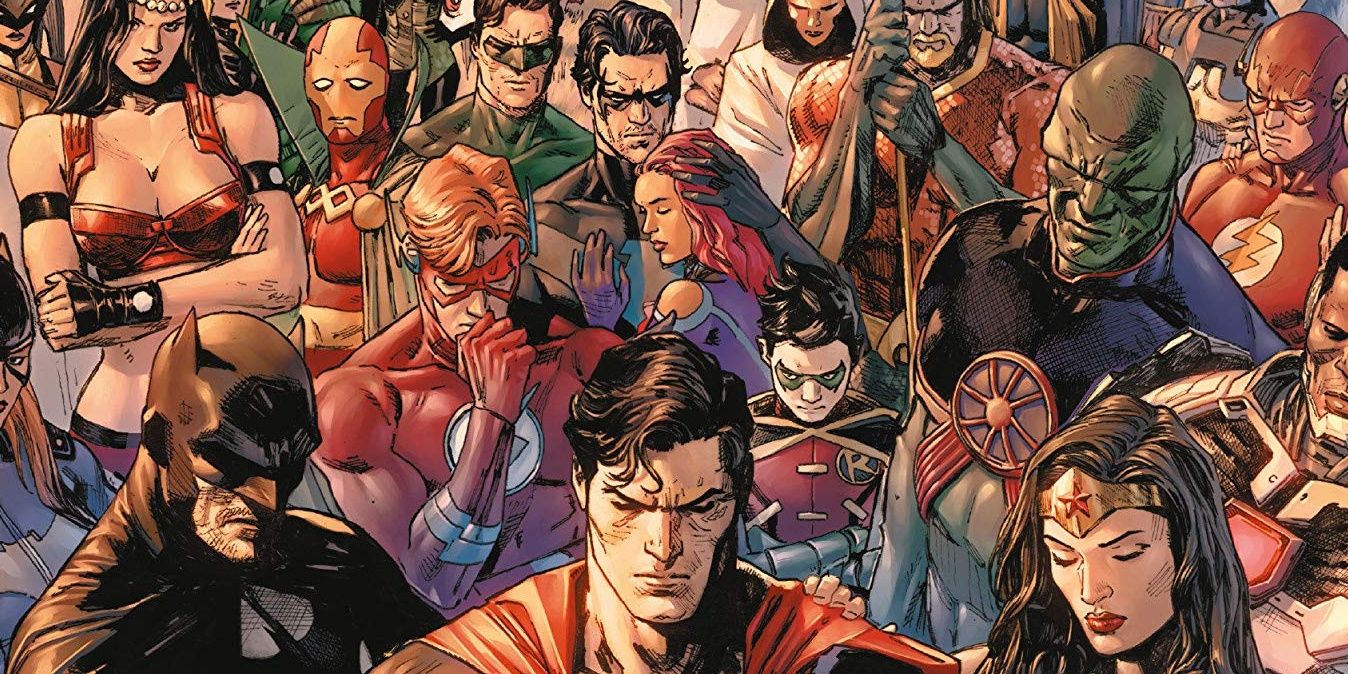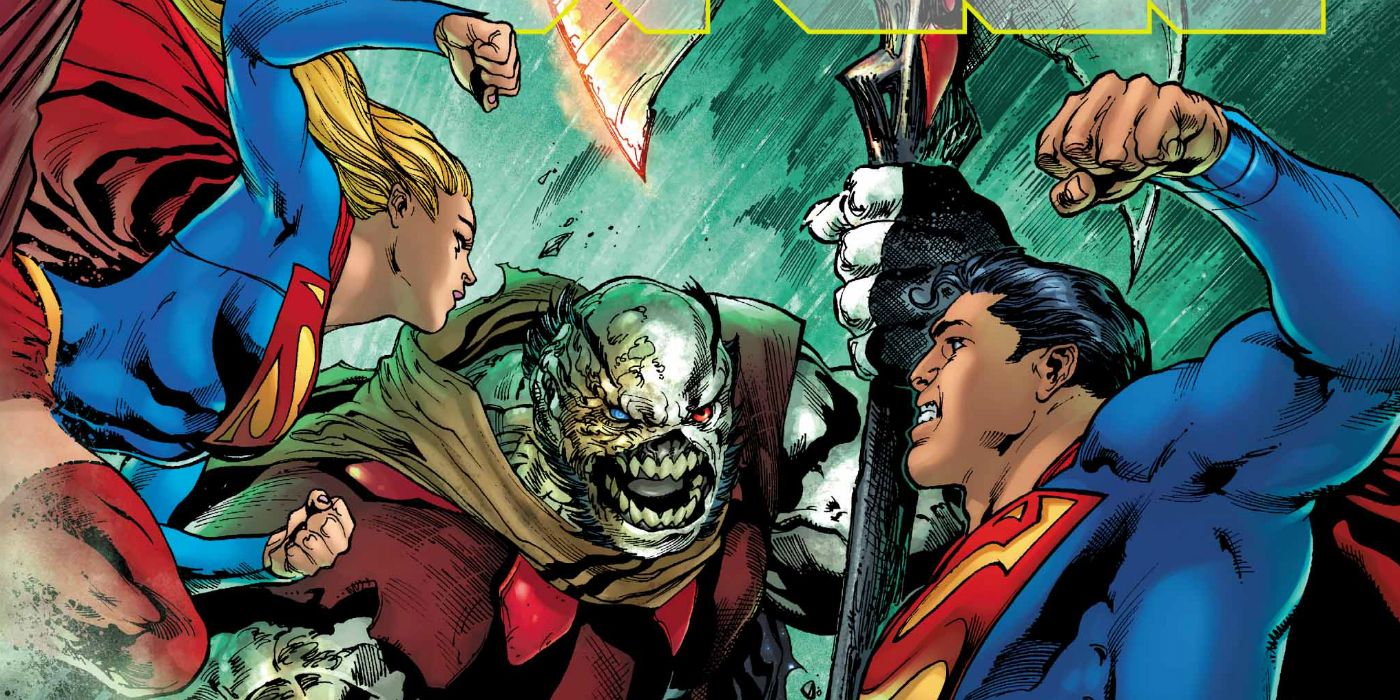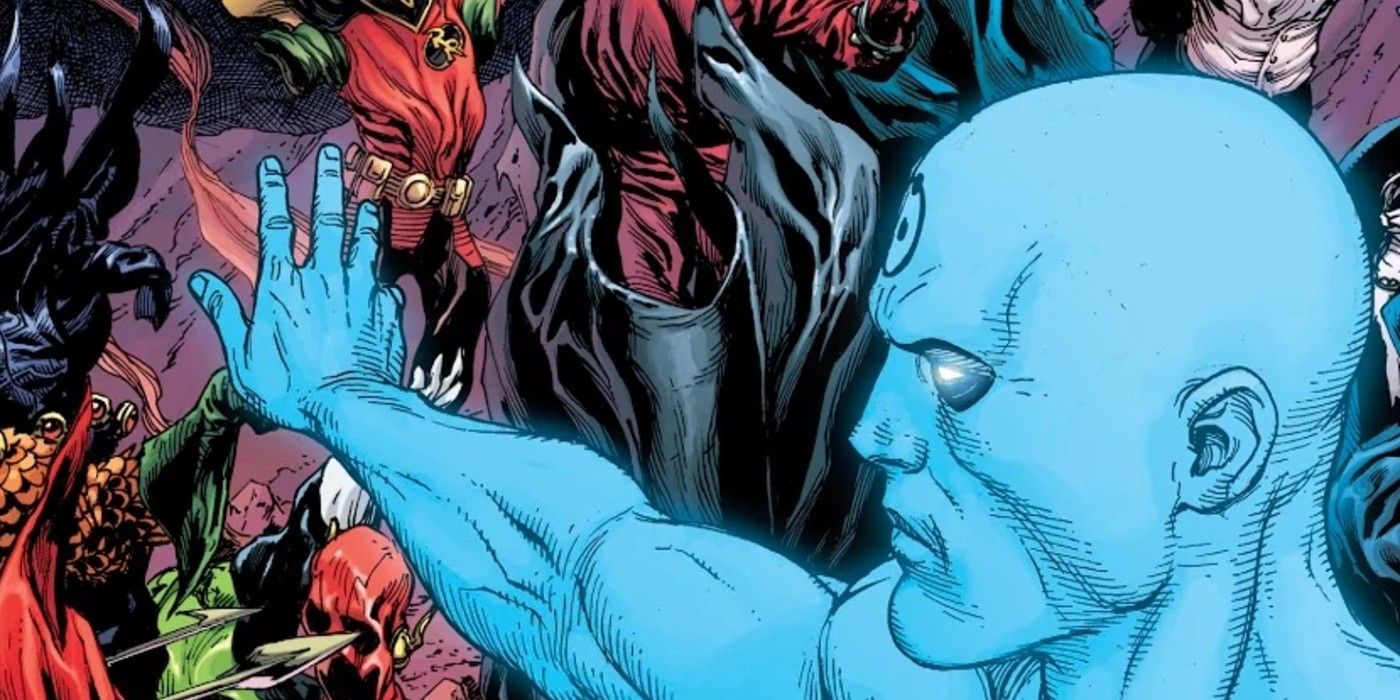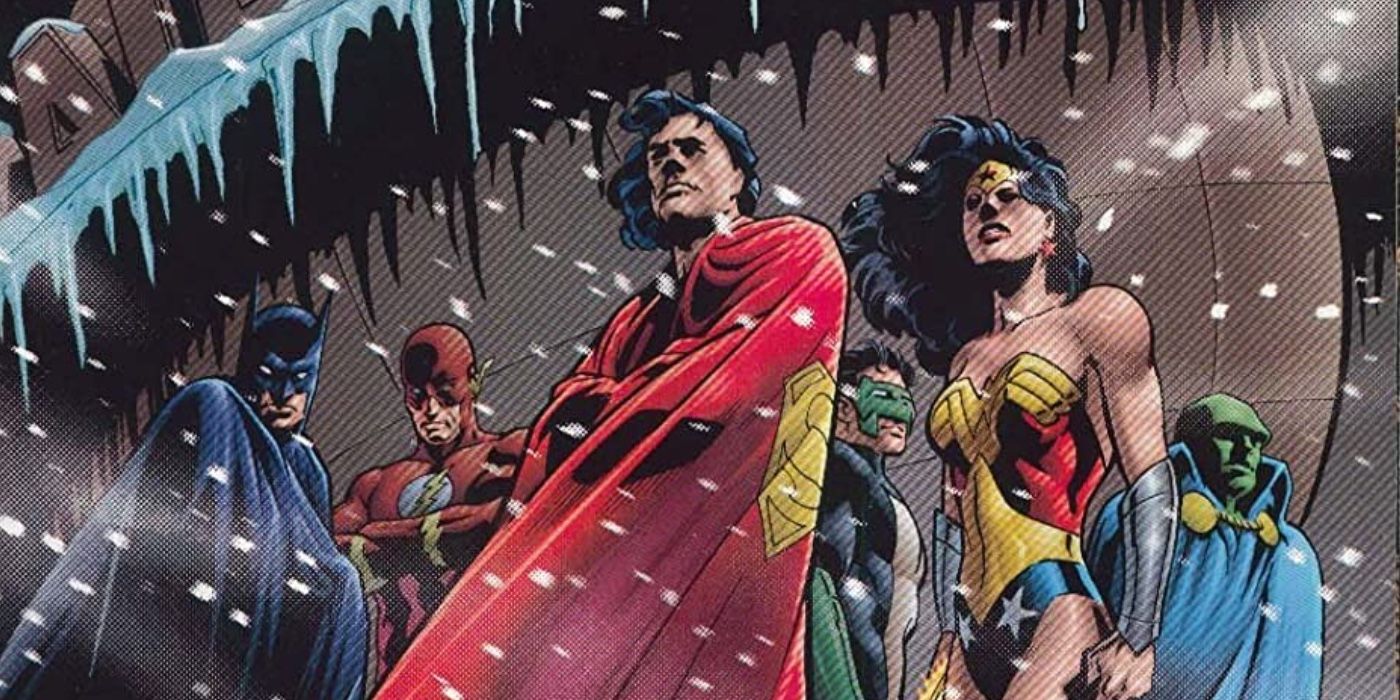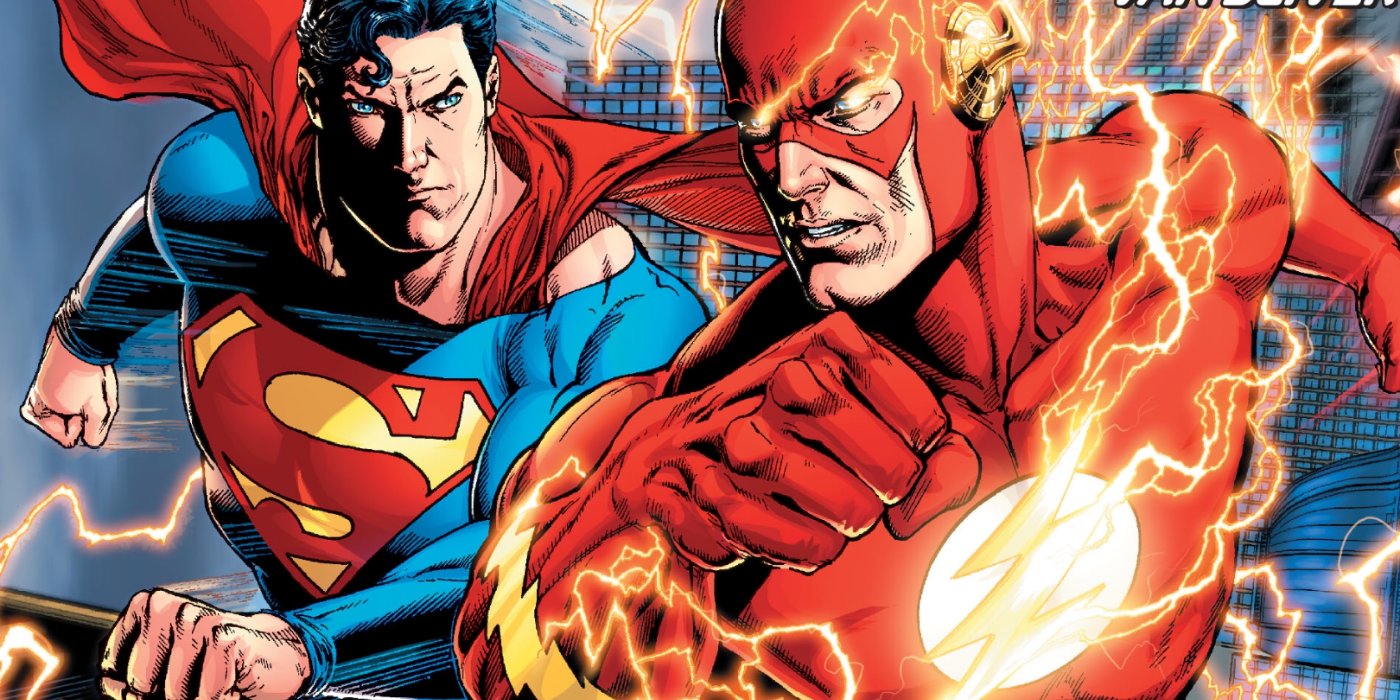DC has existed for over eighty years and in that time they've churned out stories that have intrigued many a new reader. The DC Multiverse has proven to be a vast place, one full of great characters having amazing adventures. There's something for everyone, whether it be universe-shattering events or quieter, more personal stories. That's the glory of DC; its heroes and villains are icons, yet they're also human.
While there are plenty of important DC books that are unequivocally amazing, not all of them are. Some books are important to DC's history but have fallen short of their important events quality-wise.
10 Zero Hour Gifted The DC Universe With Some Great Characters & Brought Parallax Back, But It's Not Great
Zero Hour, by writer/artist Dan Jurgens, was subtitled "A Crisis In Time" and it tried its best to live up to that. The problem is that it really didn't do much. Extant was the book's big bad but it was obvious when his identity was revealed that it was just a way to redeem Armageddon 2001. Some things about the DCU were changed but it was all tame.
The book introduced some characters who would become very important, like Bart Allen and Jack Knight, and brought back Parallax after his defeat in "Emerald Twilight." While most of the events of it were forgettable, it still has some merit.
9 Flashpoint Should Have Been Longer & Should have Focused On A Different Character
Flashpoint, by writer Geoff Johns and artist Andy Kubert, ended the DC Universe as fans had known it since 1986 and introduced the New 52, an infamous line-wide reboot. One can argue its merits but it was still massively important. There are problems, though.
For starters, Barry Allen is actually the villain of the story, since his actions created the doomed world but the book pretends he's a hero. It's remarkably tone-deaf and goes to 2010s DC's deification of Barry Allen. On top of that, the book could have benefited from more issues, because the whole thing felt rushed.
8 Hell Arisen Pulled A Bait & Switch On Readers During The Year Of The Villain
DC's The Year Of The Villain branding was meant to build a sense of doom into the DC Multiverse in 2019 as things moved towards Death Metal. An important book from this time was Hell Arisen, by writer James Tynion IV and artist Steve Epting. It pit Lex Luthor against the Batman Who Laughs to see who would be Perpetua's lieutenant and that's the problem.
DC had a massive Batman Who Laughs worship problem, working to make the savage villain the next big thing. Luthor was seemingly being built up but then this book came along and took everything away from Lex. It hurt a lot of the other books going on at the time and was yet another example of BWL getting shoved down everyone's throat.
7 Death Metal Pulled Another Bait & Switch But Made The DC Multiverse Stronger Than Ever
The seeds planted by Hell Arisen would bear fruit in Death Metal, by writer Scott Snyder and artist Greg Capullo. After almost two years of setting up Perpetua as the big bad, Death Metal again made it the Batman Who Laughs, having him gain godlike powers and killing Perpetua halfway through the book.
Death Metal isn't a bad book but it just doesn't feel right, especially with how Perpetua was being built up since her debut in Snyder's Justice League. While the book has brought some great things in its aftermath, the story itself is kind of a letdown.
6 Identity Crisis Changed The Way People Looked At The Justice League's Past But Committed A Lot Of Sins
Identity Crisis, by writer Brad Meltzer and artist Rags Morales, has a complicated legacy. On the one hand, the art and characterization are top-notch and the Justice League mindwipes recontextualized the adventures of the Silver Age. Beyond that, the book has a problem with its treatment of Sue Dibny, brutalizing and killing her. Then there's the central mystery.
The reveal of Jean Loring as the killer makes sense from a motive standpoint but going over the evidence, she's just not a great killer. The book has some definite standout moments but so much of its central conceit just doesn't work very well.
5 Heroes In Crisis Set Up Wally West For His Role In Things To Come But No One Was Happy About It
Heroes In Crisis, by writer Tom King and artists Clay Mann and Mitch Gerads, is better than it gets credit for when it's not engaging with its central mystery. King writes superhero psychology better than anyone else and the art by Mann and Gerads is top-notch. The problem is the central murder mystery.
The murder mystery makes some missteps in a lot of places but the biggest is having Wally West as the killer. Fans love Wally and having him back meant a lot to them. Casting him as a murderer, even accidental, was a grave misuse of the character and while it set him up for the next phase of his life, it was a mistake.
4 2018's The Man Of Steel Put The Superman Family On Their Current Road But The Book Itself Has Problems
Brian Michael Bendis coming to DC was a big deal and his first book, The Man Of Steel, with artists Ivan Reis, Jason Fabok, Evan "Doc" Shaner, Steve Rude, Ryan Sook, and Adam Hughes, dropped lots of changes on the Superman status quo. Lois and Jon left Earth with Jor-El, new villain Rogol Zaar reared his ugly head, and secrets about Krypton were revealed.
This book led directly to Jon Kent being aged up, a hugely important happening, and Superman's eventual reveal of his identity, but the story itself is hit or miss. The execution is good, but Rogol Zaar is not a great villain and the Krypton stuff wasn't very important in the long run.
3 Doomsday Clock Answered A Lot Of Questions But It Got Left Behind By Events
Doomsday Clock, by writer Geoff Johns and artist Gary Frank, is one of the biggest missed opportunities of modern DC. Johns set up a lot in DC: Rebirth #1 and this book was supposed to be the payoff to all of that. There are two problems with it: the book's delays made it so many of the reveals didn't matter and the writing wasn't great.
Johns tried to ape Moore's style on Watchmen and failed miserably. The first half of the book is too slow and so much of it doesn't matter to the end. The second half has some great stuff but the toothlessness of everything hurts the book so much; none of it really matters in the long run.
2 The Final Night Has An Important Ending But That's It
The Final Night, by writer Karl Kesel and artist Stuart Immonen, is a weird book. Basically a superhero disaster movie, it sees the heroes of the Earth try to deal with the sun being snuffed out by a Sun-Eater and failing at every turn. There's no real central villain, except creeping extinction, and it's just kind of slow.
The ending is important, as it represents Hal Jordan's first steps back to heroism after "Emerald Twilight" but other than that and the seeds of Oliver Queen's resurrection in the year 2000, the story doesn't really have anything important happening and can be boring.
1 Flash: Rebirth Is Just Blatant Barry Allen Worship
Flash: Rebirth, by writer Geoff Johns and artist Ethan Van Sciver, is a strange beast. On the one hand, it fits into the mold Johns and Van Sciver created in Green Lantern: Rebirth—Silver Age hero and his biggest villain return, he reunites with his heroic descendants, and they defeat said villain—but on the other, it's just such blatant Barry Allen worship, it's almost not entertaining.
For readers who never read a Barry story, it just felt weird for him to suddenly be the best at everything. If one is going to read a Barry Allen story afterward, it's important, but calling it good is a road too far.

